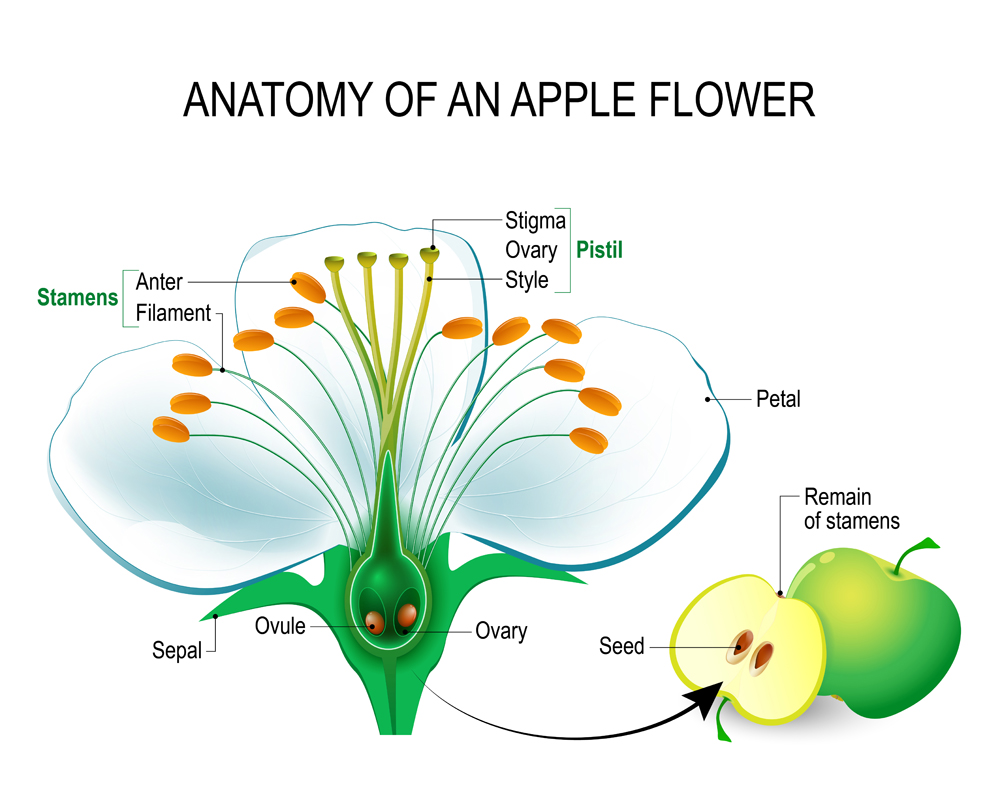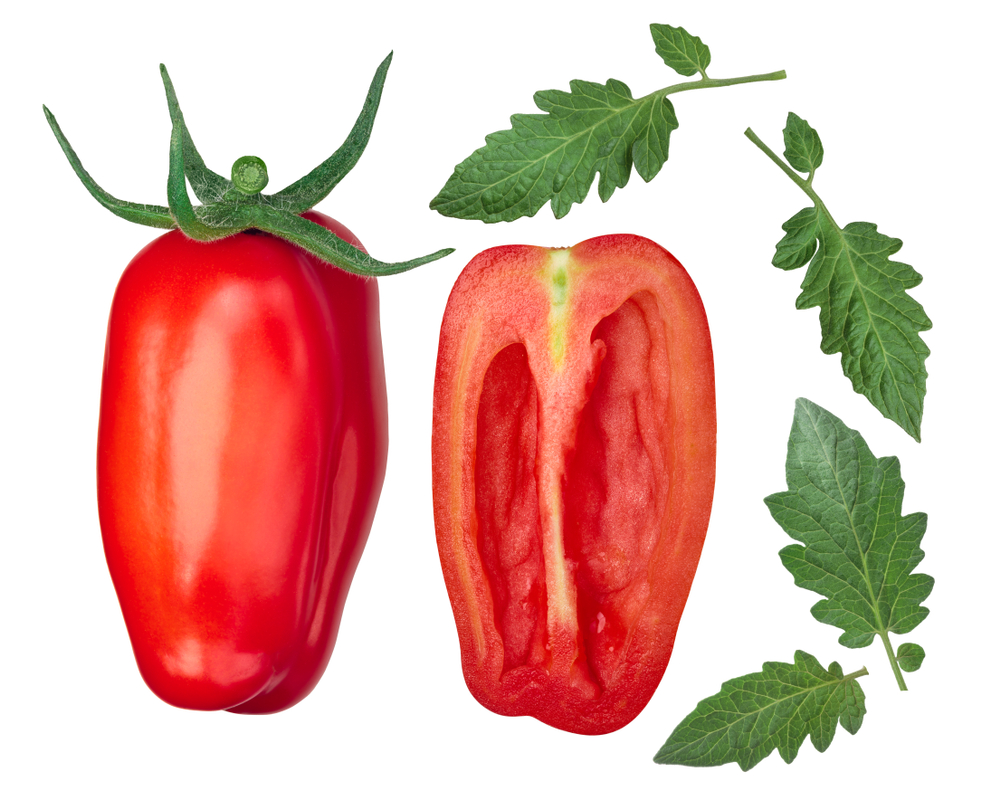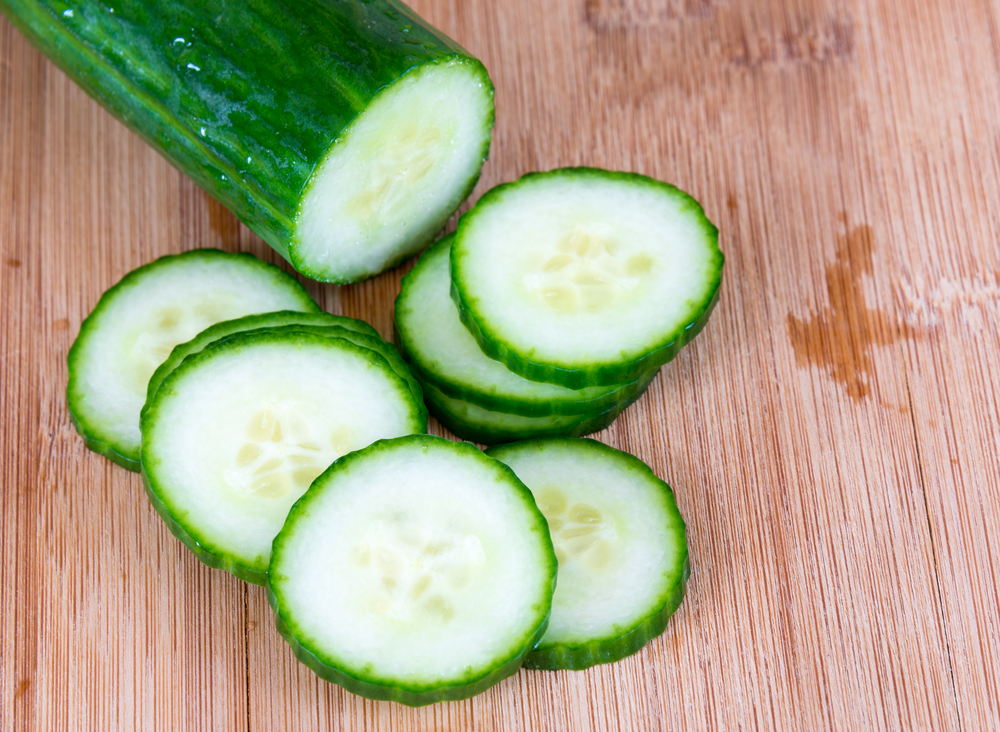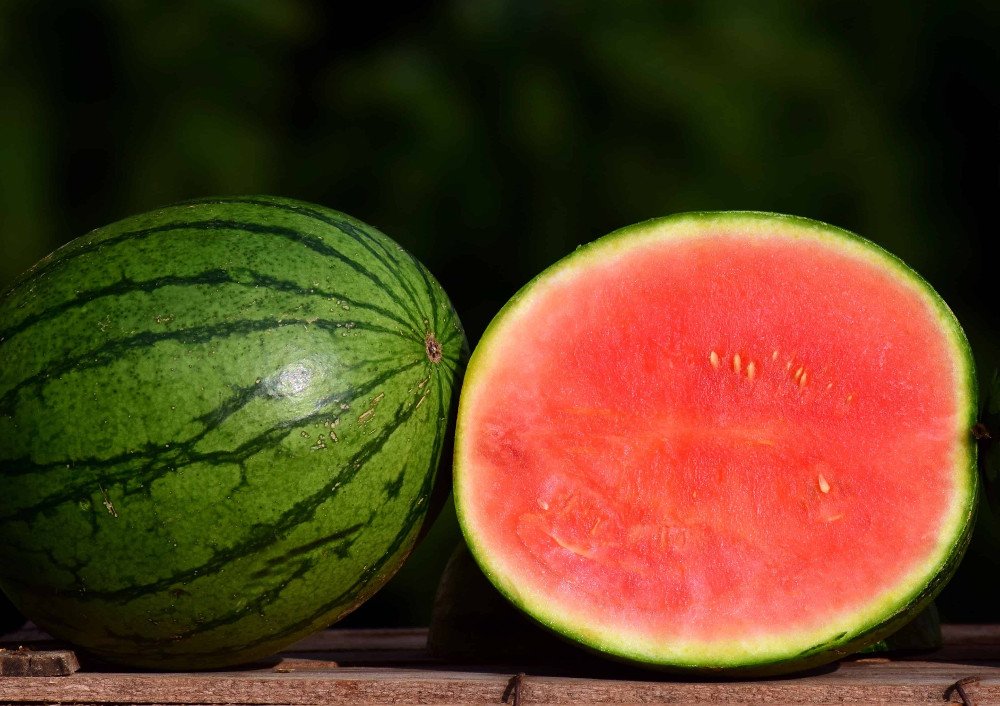Table of Contents (click to expand)
Seedless fruits and vegetables are grown by stimulating the stigma of the flower with the help of phytohormones, which trigger the ovary in development. It is a parthenocarpic mode of development.
As a child, I was convinced that if I swallowed a seed, my body would eventually grow the plant inside my stomach. It was one of the many things that scared me, so before eating a slice of watermelon I would carefully remove every seed. It seems silly now, but it seemed critical to my survival back then!
Perhaps the idea of seedless fruits came into a researcher’s mind for a similar reason. Maybe his child’s fear of a plant growing in his belly annoyed him to the point that he decided to start growing seedless fruits! It might sound credible, but that’s not how it happened.
Seedless fruits have been around for quite a long time. They are naturally present in nature and can also be artificially produced. The process of seedless fruit formation is called parthenocarpy and many fruits are known to be produced through this method.
What Is Parthenocarpy?
The term parthenocarpy was introduced by Noll in 1902 to describe fruits produced without pollination or other stimulation. Take the banana, for example, a seedless fruit. Bananas cultivated by parthenocarpy are sterile; their ovaries do not produce seeds and the resulting fruit is therefore seedless.
As you may know, a fruit is nothing but the ripened ovary of a plant’s flower. A flowering plant contains an ovary that contains one or more ovules within it. These ovules contain the egg cell. Plant fertilization is different than human fertilization. In plants, there are 2 sperm cells, as opposed to the single sperm cell in humans that enters the ovary. In plants, one sperm enters the egg and forms the zygote, while the other sperm enters a central cell to form the endosperm, which is the nutritive tissue used by the embryo. With time, the ovule develops into seeds and the ovary starts ripening, becoming large and fleshy to ultimately form the fruit. This is the natural and most common way that fruit forms.

Now, in parthenocarpy, fruits are developed without the fertilization of the egg and sperm. Parthenocarpy can either be natural or induced artificially to develop seedless fruits on a commercial scale.
Also Read: How Do Plants Know When To Produce Fruit?
How Are Seedless Fruits And Vegetables Grown?
Hormones play an important part in the growth and development of plants. Seed and fruit development are closely related processes controlled by hormonal levels. Seedless fruit production can be incepted by the development of plants that can produce fruits independently of pollination and fertilization. At this point, fruit development is in the control of phytohormones. Plant hormones are phytohormones present in small quantities in the plant that regulate plant germination, metabolism, and growth.
Auxins and gibberellins are important plant hormones and play a significant role in the development of fruits. They are naturally present phytohormones, but can also be added externally to the plant. These two hormones are widely used to develop seedless fruits on a commercial scale.
Tomato A Fruit Or Vegetable?
Tomatoes, also known by their botanical name Solanum lycopersicum L., are some of the most widely studied fleshy fruit for seedless fruit production. But wait! Isn’t a tomato a vegetable? I was confused by this myself, but it is botanically correct to say that tomato is a fruit. There are two types of classifications for fruits and vegetables—that of a farmer and the other of a chef. The chef in you is correct when you classify a tomato as a vegetable. When it comes to cooking, tomatoes are considered as vegetables, as it has a hard texture outer, often requires cooking, and is mostly used for savory preparations. However, tomatoes are technically fruits because every fruit grows from a flower and tomatoes grow from tiny yellow flowers on a vine.
Tomatoes are widely exploited for understanding how seedless fruits are developed artificially. In 1936, Gustafson was the first to show that the application of a substance similar to auxin on the stigma of the tomato plant caused the ovary to develop into a seedless or parthenocarpic fruit. The stigma is the female reproductive part of the flower; it is the part that gets pollen from bees or other sources. Gustafson also found that the application of pollen to the outside of the ovary showed similar results, leading to the hypothesis that pollens contain hormones similar to those of the auxin.

In simpler terms, the hormones present in the pollen travel to the ovary, which in turn develops into a fruit with seeds. However, if you apply hormones externally to the stigma of the flower, the ovary gets triggered due to the external hormone source. The ovary doesn’t differentiate between natural pollen stimulation and external hormonal stimulation. The resultant fruit is formed without natural pollination, but isn’t devoid of any hormones and is therefore a normal seedless fruit.
In one experiment, seedless fruits were genetically produced by using the auxin-synthesizing gene iaaM of the bacterium Pseudomonas syringae pv. Savastanoi. This gene was under the control of the ovule- or placenta-specific promoter from the DefH9 gene of Antirrhinum majus, a flowering plant. A promoter is the region of the DNA where the transcription of the gene begins. It basically promotes the beginning of gene expression. Upon studying the tissue collected from the plant, it was found that there was significant auxin synthesized during fruit development. The gene successfully helped in the production of parthenocarpic varieties of tomatoes, cucumbers, eggplants and raspberries.

Gibberellins (GA) are another class of plant hormones that are known to affect plant growth and fruit development. It is seen that tomatoes only induced with gibberellin are smaller than seeded tomatoes; this suggests that gibberellin alone isn’t enough for the holistic development of fruits. Auxins and gibberellins are known to have a synergistic effect on fruit and vegetable development, such as in tomatoes and peas. It is seen that the addition of gibberellins can increase the concentration of auxins in the ovary of an unpollinated flower.
Seedless fruits have been produced by genetically manipulating the GA signaling synthesis. A set of proteins called SlDELLA proteins are negative regulators of the GA pathway. The depletion of these proteins allows the plant to overcome the growth arrest that is normally enforced on the ovary during the anthesis stage.
Anthesis is the stage when the flower is ready for fertilization. During the anthesis stage, ovaries of the flower are immature and lack ovules, so they remain arrested in their growth. Pollination induces the development of the ovary and the embryo sac. If an external hormonal source is added during this stage, the flower gets fertilized due to the stimulation and the ovary starts maturing and begins to form seedless fruits. The depletion of the SlDELLA proteins allows the GA synthesis to take place, even in the absence of pollination, allowing the ovary to develop into a seedless fruit.

Genetic manipulation is not the only way to get seedless fruits; a change in the ploidy number of plants can also achieve a similar goal. Ploidy number refers to the number of sets of homologous chromosomes that are present in the genome of a cell or an organism. Seedless watermelons are produced through this procedure with the help of a triploid plant. The one extra chromosome cannot pair evenly, which restricts the cell division stages and appropriate chromosome separation into daughter cells. The result is a mutation and results in seedless watermelons.
Be it fruits or vegetables, these seedless products are induced by either hormonal stimulation or changing their ploidy number.
Conclusion
There are many reasons why seedless varieties have been important. Seedlessness can increase the quality and taste of a fruit, especially when the seeds are hard or have a bad taste. There is remarkable texture reduction and prevention of browning when eggplants are developed without seeds. The shelf-life of fruits can also be increased due to the absence of seeds, which adds to their commercial viability.
Seedless fruits might be of great value in the market, but they aren’t very easy to produce, given the various factors involved in their production. While producing seedless fruits, care should be taken that there is no change in the vegetative or reproductive nature of the plant. Another point of concern is the amount of hormones being added. Usually, hormones are present in very minute concentrations, so any significant increase in their quantities can result in other phenotypic abnormalities.
Our knowledge of how plant hormones affect the development of fruits is still in the research stage. With further study, we may be able to exploit this to produce more commercially viable seedless fruits. This gives us a few more years of telling stories and annoying our little siblings about the danger of a watermelon growing from a seed in their belly!
Also Read: How Are Seedless Grapes Grown?
How well do you understand the article above!

References (click to expand)
- Pandolfini, T. (2009, November 23). Seedless Fruit Production by Hormonal Regulation of Fruit Set. Nutrients. MDPI AG.
- de Jong, M., Mariani, C., & Vriezen, W. H. (2009, January 23). The role of auxin and gibberellin in tomato fruit set. Journal of Experimental Botany. Oxford University Press (OUP).
- How do seedless fruits arise and how are they propagated?. Scientific American
- Parthenocarpy | botany - Encyclopedia Britannica. britannica.com
